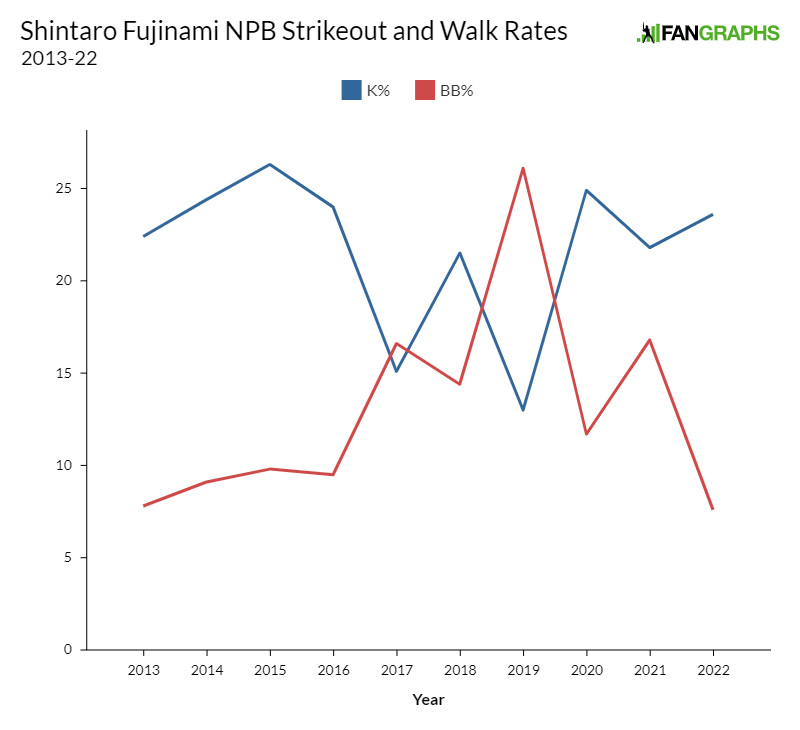JAWS and the 2023 Hall of Fame Ballot: Jayson Werth

The following article is part of Jay Jaffe’s ongoing look at the candidates on the BBWAA 2023 Hall of Fame ballot. For a detailed introduction to this year’s ballot, and other candidates in the series, use the tool above; an introduction to JAWS can be found here. For a tentative schedule, and a chance to fill out a Hall of Fame ballot for our crowdsourcing project, see here. All WAR figures refer to the Baseball-Reference version unless otherwise indicated.
| Player | Pos | Career WAR | Peak WAR | JAWS | H | HR | SB | AVG/OBP/SLG | OPS+ |
|---|---|---|---|---|---|---|---|---|---|
| Jayson Werth | RF | 29.2 | 27.5 | 28.3 | 1,465 | 229 | 132 | .267/.360/.455 | 117 |
Over the course of a 22-year professional career that began in 1997, Jayson Werth appeared to transform from a fresh-faced catching prospect… into a werewolf. Drafted by the Orioles as a catcher, he was clean-cut and even wore glasses, but as the years went on, he moved to the outfield, carved a spot in the majors, and grew increasingly shaggier, with a full beard and hair down to his shoulders.
In truth Werth’s evolution was more than just a visual one. Battling injuries for most of his career, he endured numerous ups and downs while journeying from top prospect to non-tendered afterthought to All-Star. He needed nearly a decade to establish himself at the major league level, and didn’t get 400 plate appearances in a season until he was 29. After playing a key role in the first four of the Phillies’ five straight NL East titles (2007-10) — including their ’08 World Series win and ’09 pennant — he took an even more unexpected step, signing a massive seven-year, $126 million deal with the Nationals in December 2010. An organization that had been something of a punchline looked to him not only to provide middle-of-the-lineup punch but to serve as an impactful clubhouse presence, mentoring younger players (“He’s like an older brother to me,” said Bryce Harper in 2013). By the end of his run, his influence within the organization extended even further. “Ultimately what we have become is a lot to do with some of the things that he brought to the ballclub,” general manager Mike Rizzo told the Washington Post’s Adam Kilgore in 2018. “He was teaching us how to be a championship organization, not only on the big league side but throughout the organization.” Read the rest of this entry »








